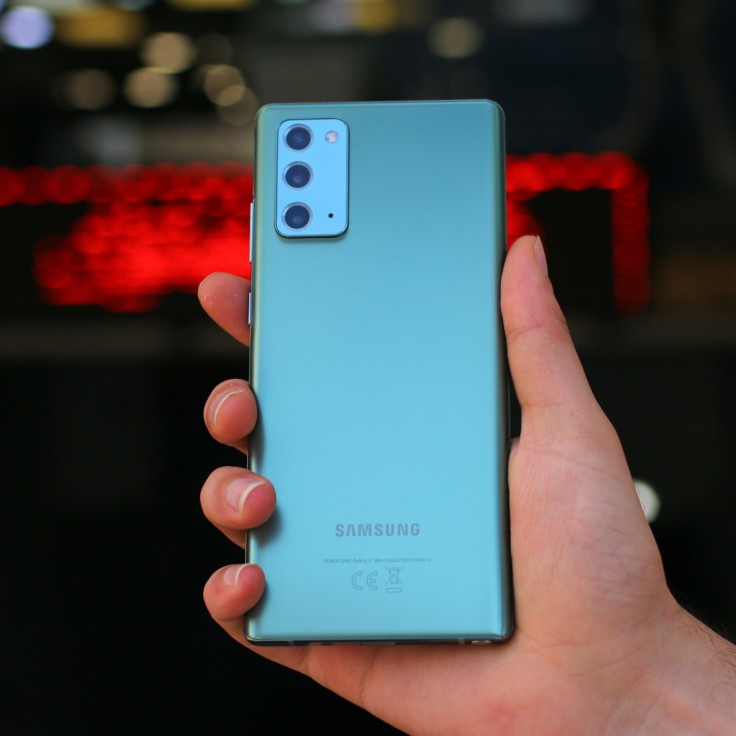
The Samsung Galaxy Note 20 belongs to the South Korean tech company's premium smartphone offerings. Though Samsung has ventured into other segments like its foray into foldable-phone territory, fans and customers alike still find the Galaxy Note Series popular.
Last year was the first time that Samsung released not just one but two Note series models simultaneously. For this year, while almost everyone was expecting that the company will still stick to its new routine, the tech giant released its new Ultra lineup of phones. This replaced the short-lived Note "Plus" variants. With all the bells and whistles the Ultra has, what place does the Samsung Galaxy Note 20 have?
Samsung Galaxy Note 20 specs
The Note 20 has a Gorilla Glass 5 front and a plastic rear. It also has a certification of IP68. At 192 grams, it is a big handheld device. It's not as big as its Ultra counterpart, but its definitely bigger than an iPhone 11 Pro Max.
Being part of the Note Series of phones, it has the usual rectangular shape with its pop-out S Pen stylus. Looking at the front, you can't miss how the glass melds easily into the metal frame, which houses the hardware buttons. However, once you turn the phone around, that's when you get to question some things.
As mentioned earlier, instead of being "encased" in glass, the Samsung Galaxy Note 20 has a plastic rear casing that the company calls "glasstic". Despite the rear having a brushed-like feel and glass appearance, no matter how you look at it, it's hard to justify a $1,000 phone having plastic for almost half of its outside appearance.
Still, it doesn't stop there. Like its predecessor, the Galaxy Note 10, the Galaxy Note 20 doesn't come with expandable storage. In this day and age of large files, having the ability to locally save your files to a memory card would've been really handy.
The Samsung Galaxy Note 20's screen is undoubtedly large. The phone has a 6.7-inch Super AMOLED Infinity-O display. It's has a Full HD+ resolution that also supports HDR 10+ and has a 20:9 aspect ratio. The display is fairly bright and accurate, but given the price range, we expected more. The maximum resolution only tops out at 1080p. We're not demanding any 4K 144Hz screens here, but given the hefty price tag, a Quad HD display would've justified the pricing. With just a 60Hz panel, the Samsung Galaxy Note 20 feels sluggish when compared to other phones that have higher refresh rates.
The vanilla Note 20 has a Samsung Exynos 990 SoC, a Mali-G77 MP11 GPU, 8GB of RAM, and either a 128GB or 256GB non-expandable storage. Benchmark tests show that the phone is underpowered but not really to a point that it showed any lag. It has a respectable performance but not really one that can be world-record breaking.
However, the phone gets hot really fast, especially when playing games. This might be one reason why the company opted for a plastic rear instead of a full glass body. Still, it's not really the main concern here. Samsung needs to improve how it cools its devices.










